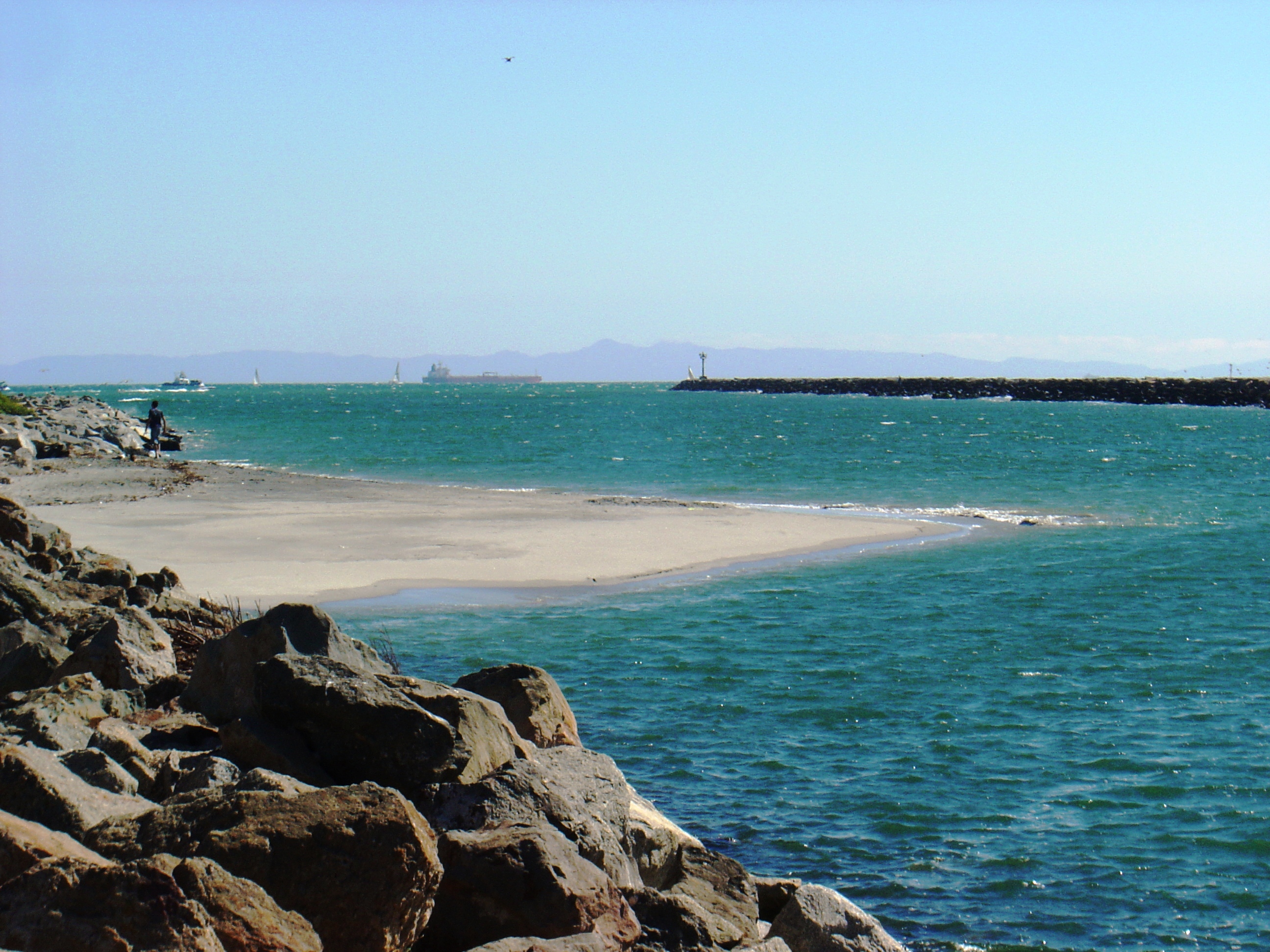Government Grants
Business Grants
Home Owner Programs
Federal Programs
About Us
South Fork Boise River Hydrodynamic Modeling Project
The Boise River basin watershed covers 5,700 km in southwestern Idaho and is drained by three sub-basins:
the North Fork Boise River, Middle Fork Boise River, and the South Fork Boise River.
Water in the Boise River basin is regulated by three federal reservoirs, Lucky Peak, Anderson Ranch and Arrowrock.
These reservoirs are managed primarily for flood control, irrigation and recreation.
Stream flows in the South Fork Boise River (SFBR) between Anderson Ranch Dam and Arrowrock Reservoir are controlled by water releases from Anderson Ranch Dam.
Anderson Ranch Dam and reservoir are owned and operated by Reclamation for the purposes of irrigation, flood control and hydropower generation.
Generally water is drafted from the bottom of Anderson Ranch Dam from the hypolimnion zone, discharging water that is cold but consistent in temperature.
The hydrograph and water temperature vary from the natural condition but the effect of the current water management operations on fish behavior is relatively unknown.
Topographical data of the SFBR between the Anderson Ranch and Arrowrock Reservoir (approximately 28 river miles) were collected in 2007 with an Experimental Advanced Airborne Reseach Lidar (EAARL) sensor.
The EAARL sensor is a narrow-beam in the green light wavelength lidar capable of surveying submerged terrestrial topography.
Bull trout are known to use the SFBR for overwintering and rearing.
Therefore, to better understand the migratory habits of the bull trout, it is Reclamations intent to enter into a Cooperative Agreement with U of I to assist in the development of hydrologic flow models and a temperature model.
U of I will use the EAARL data that was collected in 2007 to create the models which later can be used to help identify ramping rates that may cause stranding pools, and also be used to run several ramping scenarios to understand the impact of reservoir operation on movements of bull trout in the SFBR during increased and decreased discharge releases from Anderson Ranch Dam.
The models will evaluate the physical factors that may limit production of bull trout in the SFBR.
Understanding the effects of water releases from Anderson Ranch, tributary flows and water temperature on the SFBR may help to improve Reclamations understanding of the survival and movements of bull trout within the Boise basin.
the North Fork Boise River, Middle Fork Boise River, and the South Fork Boise River.
Water in the Boise River basin is regulated by three federal reservoirs, Lucky Peak, Anderson Ranch and Arrowrock.
These reservoirs are managed primarily for flood control, irrigation and recreation.
Stream flows in the South Fork Boise River (SFBR) between Anderson Ranch Dam and Arrowrock Reservoir are controlled by water releases from Anderson Ranch Dam.
Anderson Ranch Dam and reservoir are owned and operated by Reclamation for the purposes of irrigation, flood control and hydropower generation.
Generally water is drafted from the bottom of Anderson Ranch Dam from the hypolimnion zone, discharging water that is cold but consistent in temperature.
The hydrograph and water temperature vary from the natural condition but the effect of the current water management operations on fish behavior is relatively unknown.
Topographical data of the SFBR between the Anderson Ranch and Arrowrock Reservoir (approximately 28 river miles) were collected in 2007 with an Experimental Advanced Airborne Reseach Lidar (EAARL) sensor.
The EAARL sensor is a narrow-beam in the green light wavelength lidar capable of surveying submerged terrestrial topography.
Bull trout are known to use the SFBR for overwintering and rearing.
Therefore, to better understand the migratory habits of the bull trout, it is Reclamations intent to enter into a Cooperative Agreement with U of I to assist in the development of hydrologic flow models and a temperature model.
U of I will use the EAARL data that was collected in 2007 to create the models which later can be used to help identify ramping rates that may cause stranding pools, and also be used to run several ramping scenarios to understand the impact of reservoir operation on movements of bull trout in the SFBR during increased and decreased discharge releases from Anderson Ranch Dam.
The models will evaluate the physical factors that may limit production of bull trout in the SFBR.
Understanding the effects of water releases from Anderson Ranch, tributary flows and water temperature on the SFBR may help to improve Reclamations understanding of the survival and movements of bull trout within the Boise basin.
Obtain Full Opportunity Text:
http://www.grants.gov
Additional Information of Eligibility:
The Cooperative Ecosystem Studies Units (CESU) Network is a national consortium of federal agencies, academic institutions, tribal, state, and local governments, nongovernmental conservation organizations, and other partners working together to support informed public trust resource stewardship.
The CESU Network includes nearly 300 partners, including 13 federal agencies, in 17 CESUs representing biogeographic regions encompassing all 50 states and U. S. territories.
The CESU Network is well positioned as a platform to support research, technical assistance, education and capacity building that is responsive to long-standing and contemporary science and resource management priorities.
The Pacific Northwest Cooperative Ecosystems Studies Unit (PNW CESU) is a cooperative venture between 17 leading academic institutions in the Pacific Northwest region, one state agency and ten federal land management and natural resource research organizations.
Reclamation and U of I are partners under the PNW CESU, which is part of the CESU Network.
Full Opportunity Web Address:
http://www.grants.gov
Contact:
Melinda RitaccoFinancial Assistance SpecialistPhone 208-378-5103
Agency Email Description:
mritacco@usbr.gov
Agency Email:
mritacco@usbr.gov
Date Posted:
2012-08-14
Application Due Date:
2012-08-28
Archive Date:
2012-09-27
Social Entrepreneurship
Spotlight
Finding a Place in Mainstream Social Enterprise

Nell Derick Debevoise, Founder and CEO of Inspiring Capita, shares what she thinks are the three main ingredients in finding your place in social enterprise.

